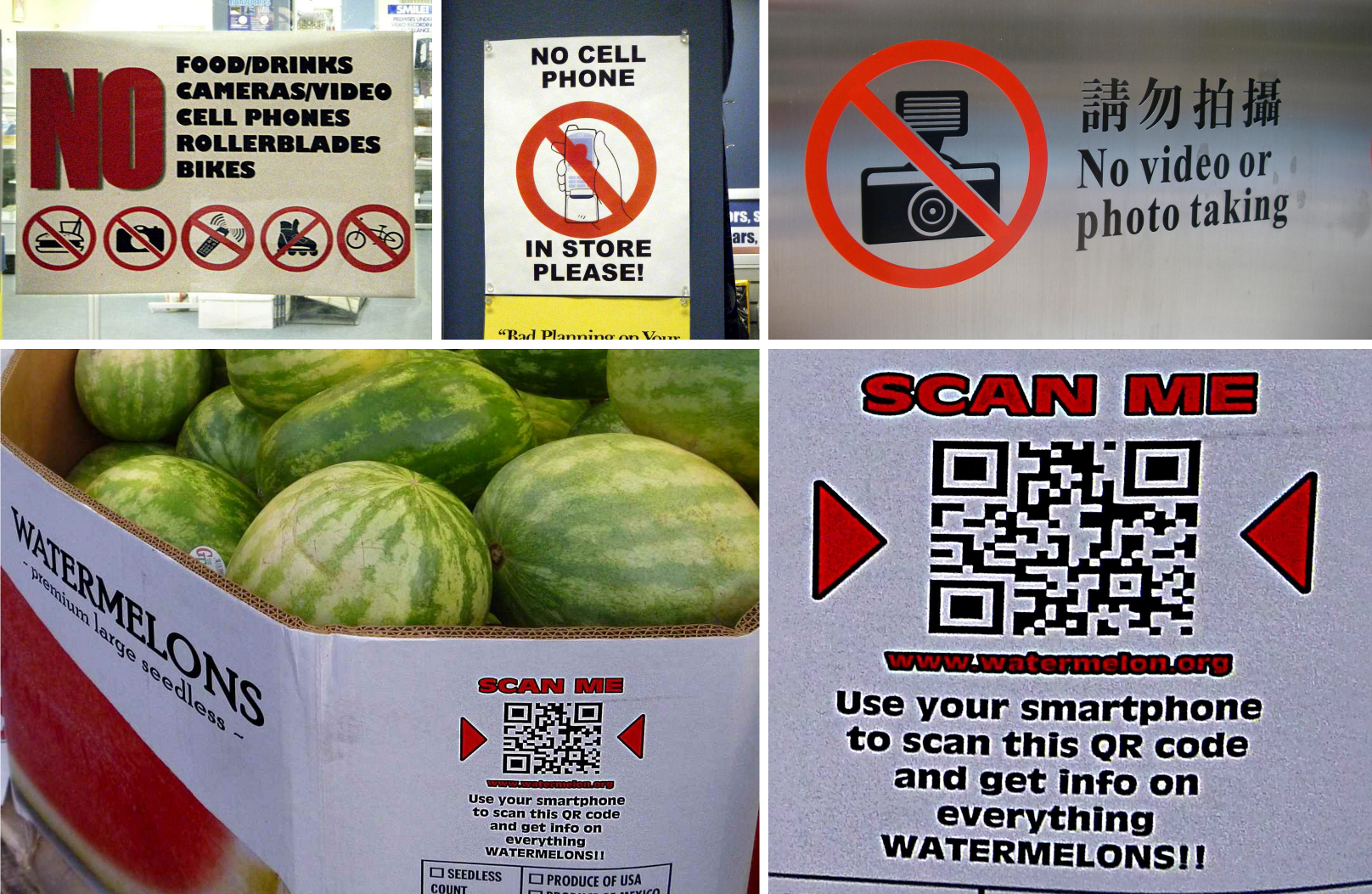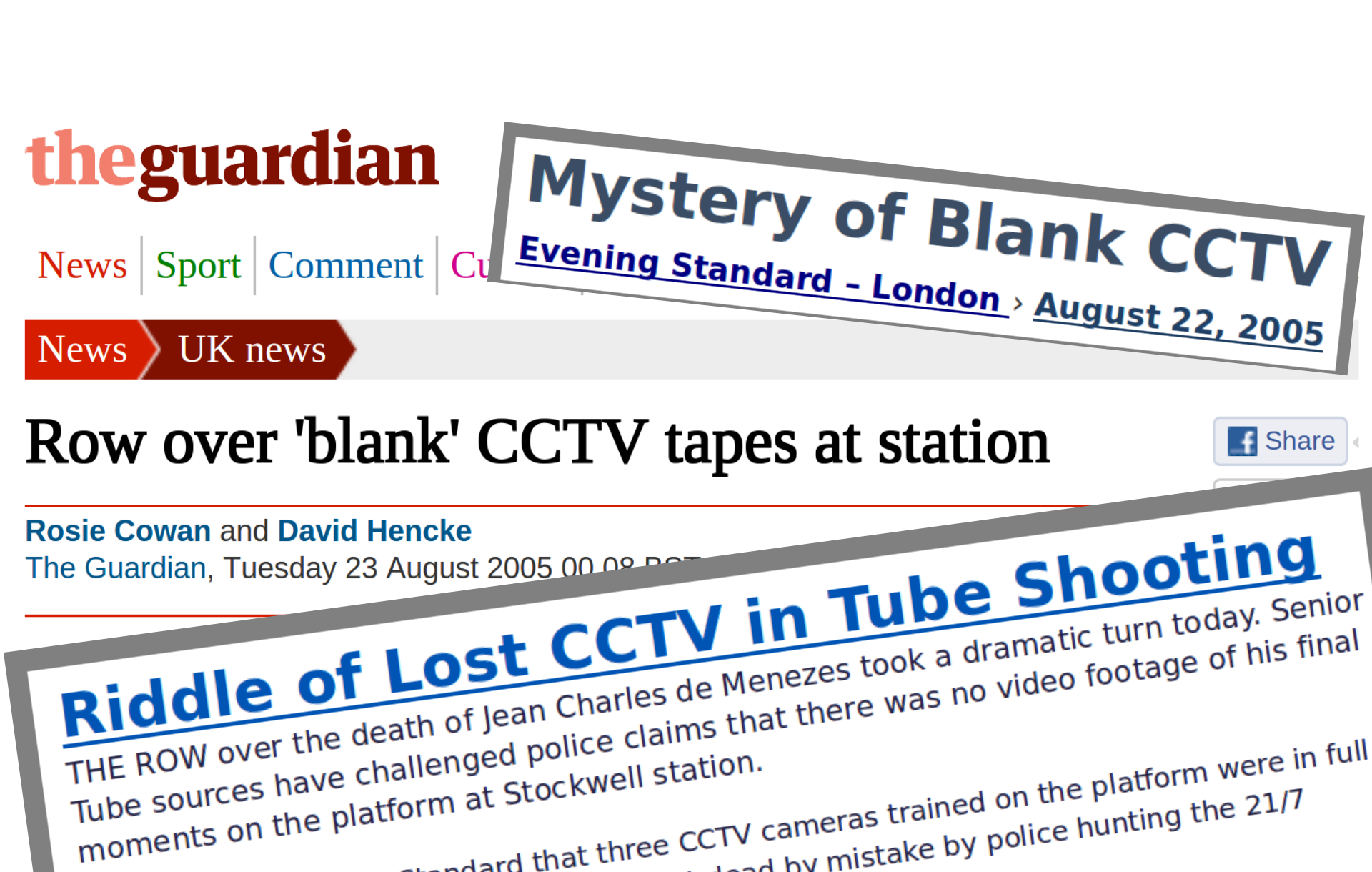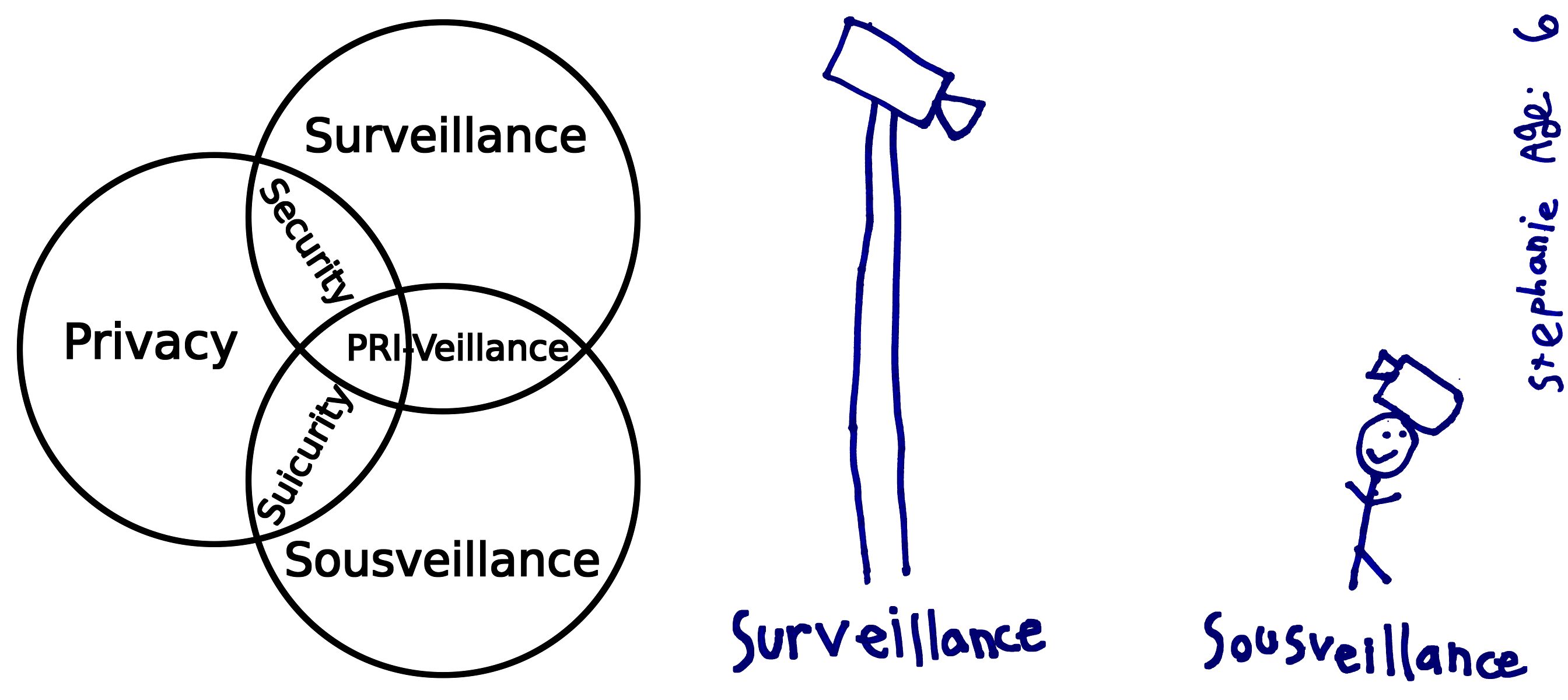Summary explanation -- how it works:
Priveillance is a broad-encompassing invention, similar to the related
invention Wearable Computing.
Our world contains large numbers of sensors, e.g. surveillance cameras,
as well as the cameras inside devices like light fixtures, streetlights,
handwash faucets, and other fixtures and appliances.
These range from the 128-pixel or 1024-pixel cameras used in
automatic handwash faucets and the automatic flushomters in toilets
and urinals (U.S. Patent 8355822 + see intro to
the Sightfield paper),
to the gigapixel cameras used in citywide surveillance
systems for police and homeland security. Surveillant systems
are not well understood by the people "beneath" them,
e.g. at present the devices are only understood by those watching from
"above" (e.g. the machines or large entities like governments
and corporations watching us).
Surveillance tends to have, associated with it, an inherent
hypocrisy, e.g. "we're watching you but you can't watch us".
Those who study surveillance (e.g. photograph surveillance cameras)
are often told that photography is prohibited.
See for example the following figure:

Like many establishments where surveillance is used extensively,
cell phones are both prohibited and required (e.g. to read the QR codes
on the products in stores where cameras are not allowed):

The opposite of hypocrisy is integrity.
Thus we can safely say that surveillance tends to have, associated with
it, an inherent lack of integrity.
Take, for example, the video surveillance recordings from when
killed (shot 7 times) the wrong person (mistaken identity)
on the london subway. The police seized all the recording media from
all of the surveillance cameras in the area, and claimed all the
recordings were blank (even though transit officials had already seen
the recordings of this shooting):

The opposite of surveillance is sousveillance.
"Surveillance" is a French word that means "oversight" == from "sur"
which means "over", and "veillance" which means "sight".
Thus in English, "surveillance" means "oversight" and "sousveillance" means
"undersight". So when you hear someone say "the police need more
oversight" or "government needs more oversight", they're really asking for
more SURveillance on top of the existing SURveillance.
But who watches the watchers? The answer is undersight (sousveillance).
The opposite of oversight is undersight.
Sousveillant systems (systems of or pertaining to undersight)
make systems visible and comprehensible to end users.
Sousveillance is a general design philosophy that should be built into
a wide range of goods and services.
Sousveillant systems are systems that enbody and enbrace this undersight,
i.e. that make their inner workings and function and use clearly
visible to end users (i.e. those on the bottom of the
socio-governance-coroporate hierarchy).
This design philosophy makes business sense in a world where people
are losing their trust of government bureaucracy and large
corporations.
Examples of sousveillant systems are systems that are auditable or
understandable by the general public, and by end users.
A number of "Mannventions" (Steve Mann inventions) pertain to
sousveillant systems, and we can form an important business enterprise
== the world's first business enterprise
that is built on the foundation of priveillance.
Mann's contributions include:
•"alethiometric systems" == systems that function
as alethiometers ("truth meters");
•"NotRecord™" == being able to retroactively ask
permission to record something in the past (e.g. being able to get
permission to record an excerpt from a movie or event or crime that
you saw last week);
•Sightfield-compliant imaging: imaging that adheres to standards
of public auditability by anyone member of the public (or any
official or bylaw enforcer, etc.) with a veillometer
(see related inventions Veillance Wand and
Veillometer);
•Auditable sensing;
•SMARTWORLD IoT + Wearables.
See also, related invention Alibi Sousveillance.
Example commercial applications:
Wearable camera systems,
Personal Safety Devices,
Open Source software (i.e. products that are visible and comprehensible
to an end user), and various cryptographic protocols to ensure
sousveillance and "Privillance by Design" (akin to Cavoukian's
"Privacy by Design", but on the relationship between privacy and veillance,
not just privacy alone).
We have been working on building the SMARTWORLD IoT + Wearables
(Internet of Things + Wearable Computing) alliance == a business aliance
and itself a business that certifies Priveillance-compliant devices
and our aim is to protect both privacy and also sensory integrity
(e.g. the right of individuals to wear a seeing aid or computer vision
system, even in spaces like movie theatres where cameras are forbidden).
Since establishments like department stores,
McDonalds restaurants,
movie theatres, and the like, cannot legally exclude a person with
a seeing aid, there is a real situation with wearable computing and
the whole reason the wearable computing industry has been failing and
delayed is issues of priveillance.
How do we protect privacy and intellectual property while obeying the law
at the same time?
That is the answer provided by Priveillance™!
Priveillance also introduces the idea of suicurity in addition to security.
Security is a Latin word that means "without care". "Se" means "without"
and "curity" means "care". Thus the closest English translation to
"security" is "carelessness". A suitable opposite would be "curity",
but more specifically let us consider "suicurity"
(see link to suicurity paper below).


